Peroneus tertius muscle
Table of Contents
Peroneus tertius Muscle Anatomy
The peroneus tertius muscle, also known as the fibularis tertius muscle, is a muscle located in the anterior compartment of the leg. It is one of the muscles in the peroneal or fibular muscle group, which includes the peroneus longus and peroneus brevis muscles. These muscles are responsible for various movements of the foot and ankle.
It is the leg’s anterior compartment’s most superficial muscle. The tibialis anterior, extensor hallucis longus, and extendor digitorum longus are additional muscles in the anterior compartment.
The muscle arises from the lower third of the anterior surface of the fibula (anterior compartment of the lower leg); from the lower part of the interosseous membrane; and from an intermuscular septum between it and the peroneus brevis muscle.
Origin:
the distal anterior surface of the fibula also the interosseous membrane.
Insertion
dorsal surface of metatarsal 5 .
Nerve
deep fibular nerve.
Blood supply
it is supplied by the anterior tibial artery.
Actions
dorsiflexion and eversion of the foot.
Functions
The peroneus tertius muscle is a weak dorsiflexor of the ankle joint, and an evertor of the foot at the ankle joint. It is likely to be helpful in bipedal walking.
People without the Fibularis Tertius muscle still have adequate eversion and dorsiflexion strength. The fibularis tertius does not appear to offer greater protection against ligamentous ankle injuries.
Assessment
Ankle dorsiflexion and eversion are combined for manual muscle testing during active motion or resisted motion.
Clinical Significance
People without the Fibularis Tertius muscle still have adequate eversion and dorsiflexion strength. The fibularis tertius does not appear to offer greater protection against ligamentous ankle injuries.
The peroneus tertius tendon over the ankle may catch, click, lock, or pop when you walk, which is a symptom of fibularis tertius syndrome. Anterolateral ankle discomfort or back foot pain is a rare ailment. This might be a secondary effect of peroneus tertius compression and impingement in the extensor retinaculum.
An individual with anterior compartment syndrome may experience symptoms in their tibialis tertius.
For tendon transfer or tendoplasty treatments, the tendon may be utilized as a donor by the surgeon.
Peroneus tertius muscle Exercise
Peroneus tertius muscle Exercise are mainly 2 types – Stretching and Strengthening Exercise.
Stretching exercise.
Lying Shin Stretch
The lying Shin Stretch is similar to the lying quadriceps stretch.
Lean to the side. Put your foot behind your back and flex your upper knee at this point.
When you go to the back, handle the forefoot and pull it there.
For ten to twenty seconds, maintain.
Step forward with both feet.

Towel Stretch
Wrap a towel around your toes and gently pull back until you feel a stretch at the bottom of the foot and back of the lower leg.
Hold this stretch for 30 seconds and repeat three times.
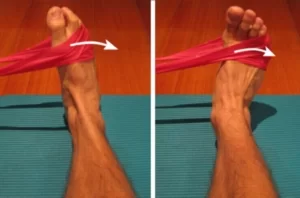
Strengthening Exercise
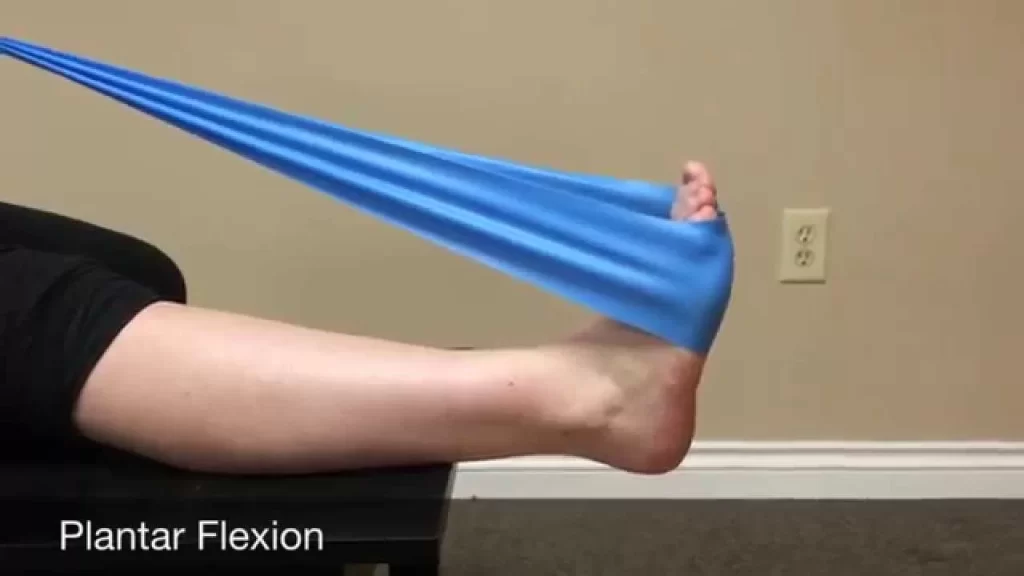
Cuff Weight Exercise
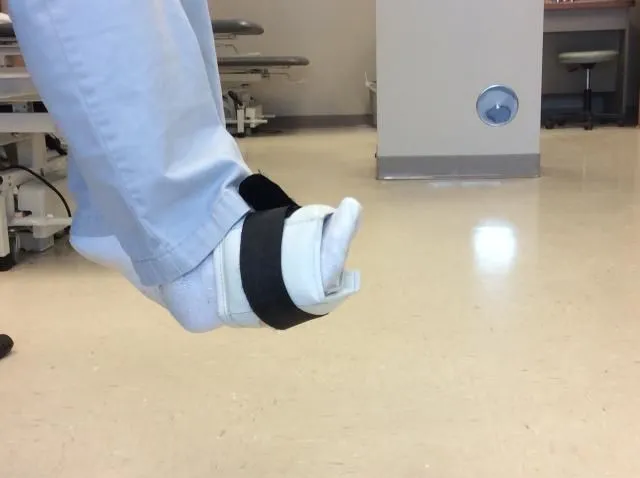
For Cuff Weight Exercise, a cuff weight is required.
A cuff weight is a padded weight that may be folded over the lower leg. You must sit on a chair and cuff a weight around your toes for the Cuff Weight Exercise. Verify its safety. Start this motion by sitting with the cuff weight on the foot, letting the footrest on the bottom, and then flexing the lower leg so the foot and toes go towards the knee.
When the foot is flexed up, hold the position for two seconds. Gradually reposition your toes to their original place.
It is advised to perform the workout ten to twenty times.

FAQs
The fibularis tertius, also referred to as the peroneus tertius in human anatomy, is a muscle in the anterior compartment of the leg. Eversion (moving the foot’s sole out of the body’s midline) and dorsiflexion (pulling the foot up toward the body) are two main action.
Although it frequently results from overusing the tendons, it can also happen suddenly as a result of an accident such an ankle sprain. After several weeks of non-invasive therapies, pain and swelling in your peroneal tendons typically go away.
Muscle of the fibularis tertius (Musculus fibularis tertius). The lower lateral surface of the leg is home to the fibularis tertius muscle, commonly known as peroneus tertius.
Anterior Surface of the Fibula: The main point of origin for the peroneus tertius muscle is the anterior surface of the fibula bone, which is one of the two long bones in the lower leg (the other being the tibia). Specifically, it originates from the lower two-thirds of the fibula.
Interosseous Membrane: Additionally, the peroneus tertius muscle has some fibers that arise from the interosseous membrane.
The peroneus tertius muscle is situated in the front part of the leg, just below the knee joint, in the anterior compartment. It runs alongside the tibia bone and is one of the smaller muscles in the leg.

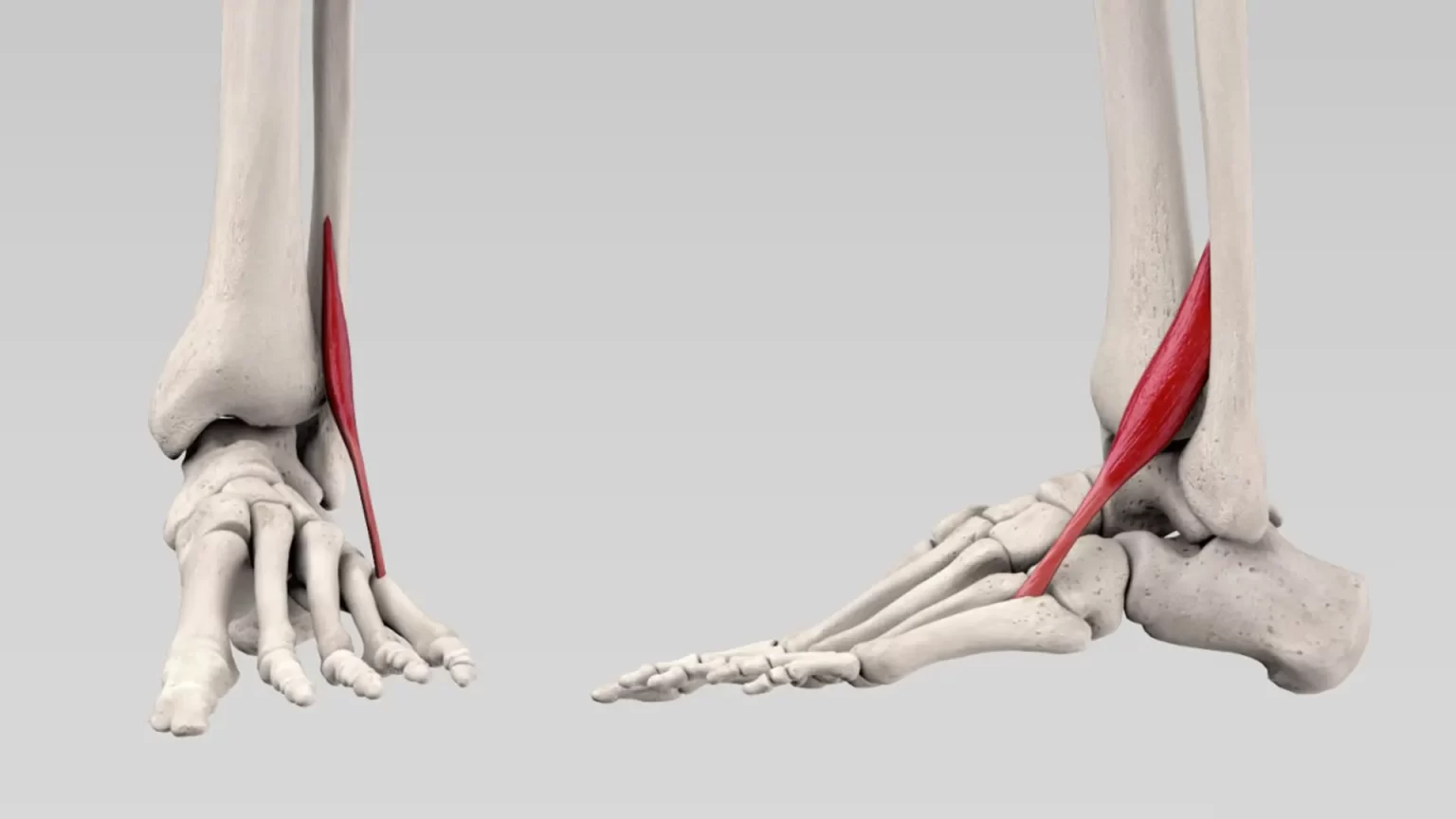
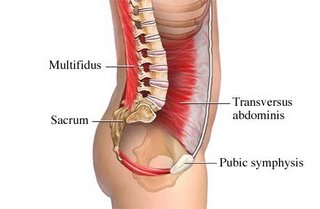
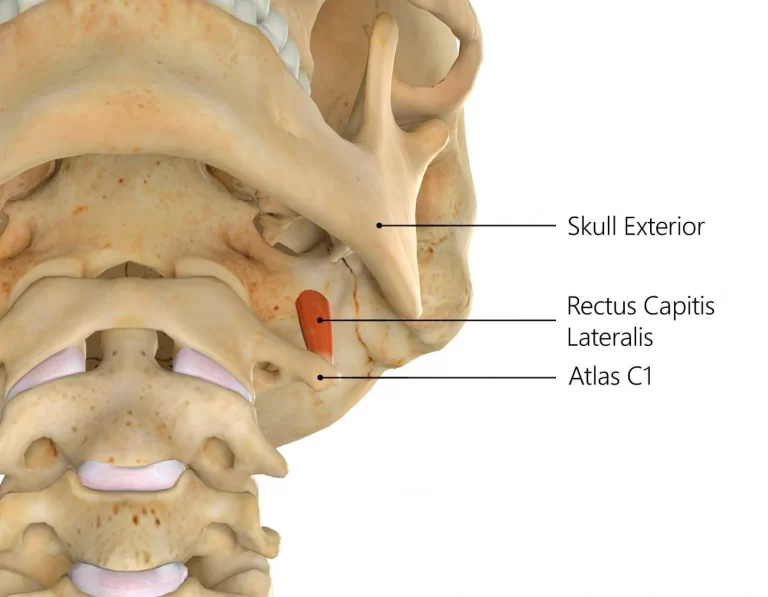
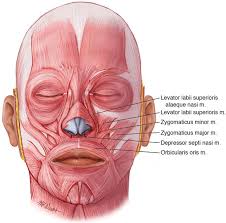
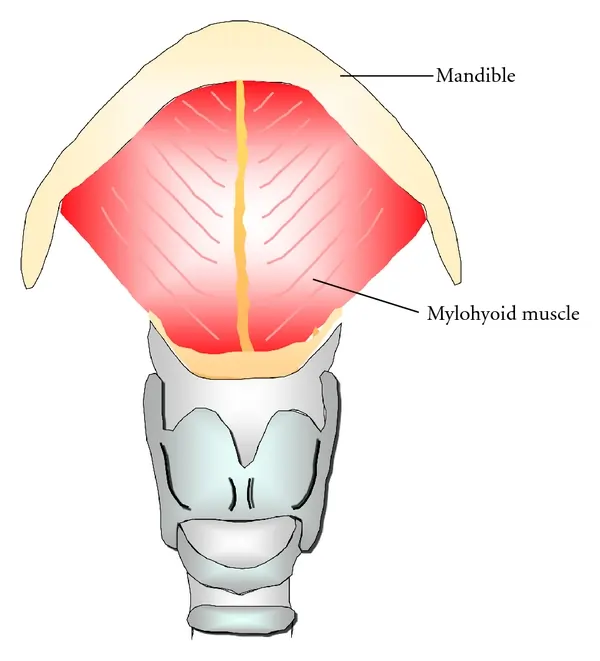
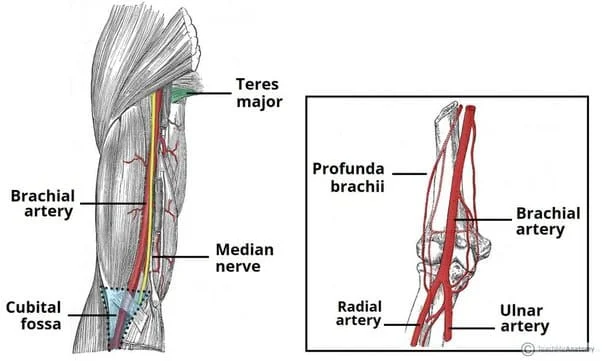
2 Comments